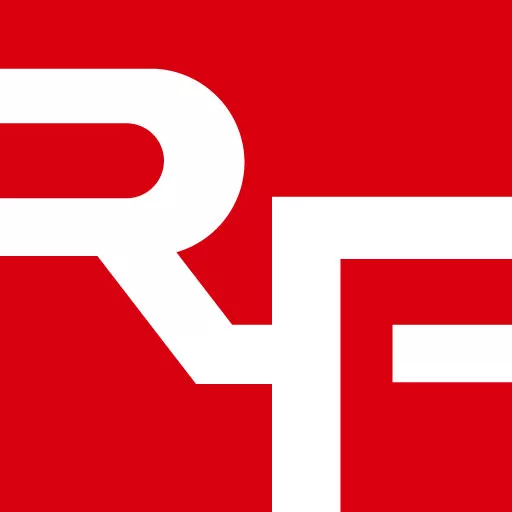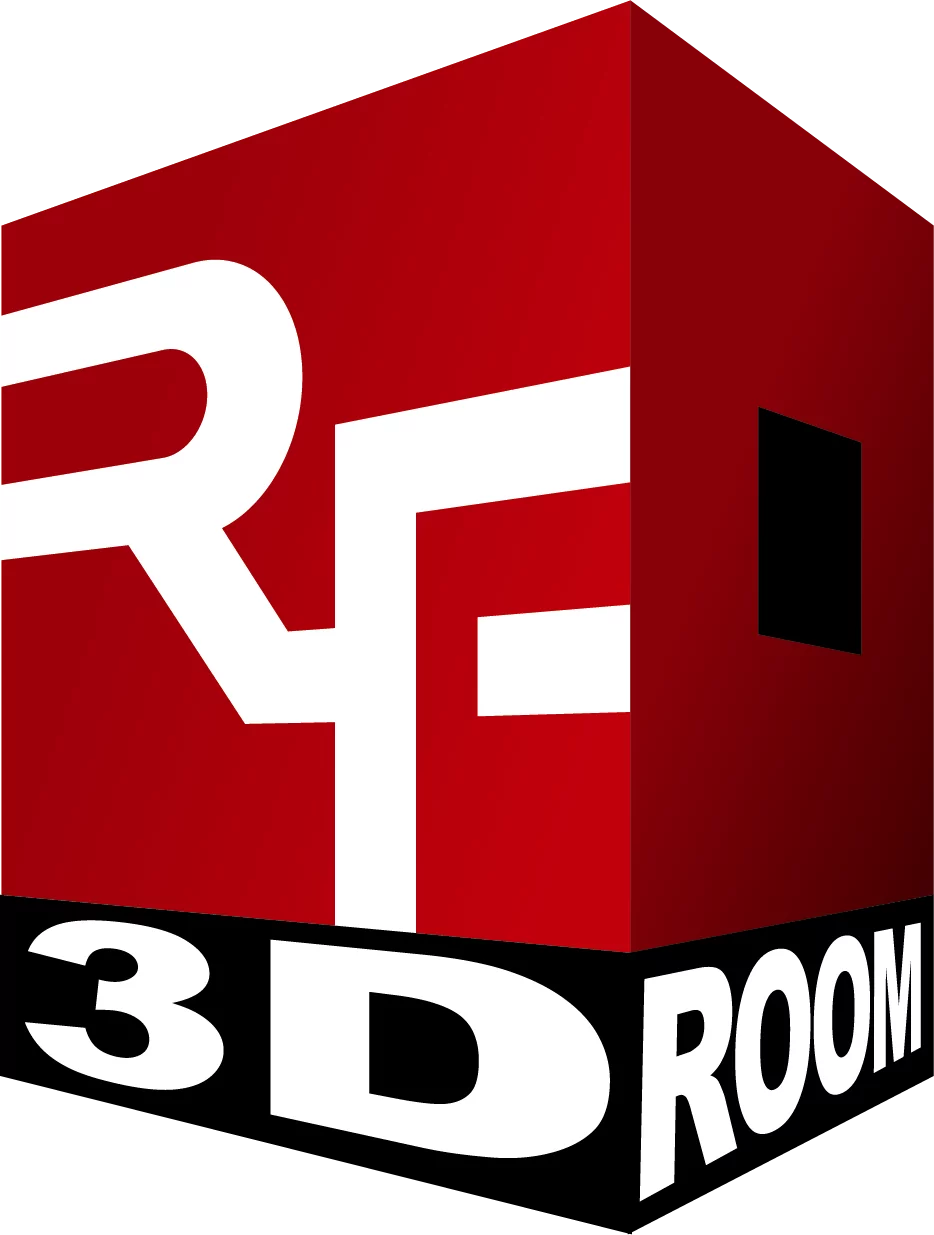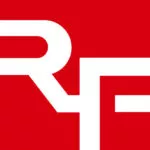Definition of Tool Path
A tool path is the programmed route that a cutting tool follows during machining operations. It defines the motion of the tool relative to the workpiece and ensures that material is removed in the correct shape and dimension. Tool paths are created through CAD/CAM software, which translates design geometry into machine instructions. The quality of a tool path directly affects surface finish, machining efficiency, and tool wear. Without a properly defined tool path, machining can produce errors, wasted material, and reduced tool life.
Why It Matters for Band Saw and Mill Drill Machines
A correct tool path determines the accuracy and efficiency of your machining process. If the path is poorly designed, you risk damaging the workpiece or wearing out your tools faster. A precise tool path reduces unnecessary movements, lowers cycle times, and helps you maintain consistent quality. When you program or review tool paths, pay attention to parameters such as cutting direction, step-over distance, and entry and exit strategies. These details influence surface finish and dimensional accuracy. You should also consider the type of material and cutting tool when planning tool paths, since different materials respond differently to tool motion. By using optimized tool paths, you improve productivity and reduce the chance of costly rework.
Related Terms
CNC ProgrammingStep Over
Work Offset
Feed Rate
Climb Milling
FAQ
What factors affect the quality of a tool path?
The quality of a tool path is influenced by parameters like step-over, cutting direction, feed rate, and spindle speed. The CAM software plays a key role, since it converts the design geometry into motion instructions. The tool type and material properties also matter. For example, a tool path for aluminum will differ from one for hardened steel due to cutting force differences. Poorly optimized tool paths can result in chatter, tool breakage, or inaccurate cuts. Optimized paths reduce machining time while extending tool life, which improves efficiency.
How does tool path planning impact machining cost?
Tool path planning directly affects machining cost by influencing tool life, cycle time, and scrap rates. A poor path can increase tool wear, leading to frequent replacement costs. It can also require slower feed rates or longer machining cycles, raising production expenses. Conversely, optimized tool paths reduce tool changes, shorten machining cycles, and minimize wasted material. For manufacturers, this can mean lower costs per part and more competitive pricing. Effective tool path strategies improve profitability over time.
Can tool paths be reused for different parts?
In some cases, tool paths can be reused if the geometry and material of the new part are similar to the original. However, you often need to modify the path for differences in dimensions or tolerances. Reusing tool paths without adjustments can risk tool collisions, poor surface finishes, or incorrect part dimensions. CAM software allows you to create templates or machining strategies that can be adapted to similar parts, which saves programming time. Always verify paths with simulation before applying them to new parts.
What is the difference between roughing and finishing tool paths?
Roughing tool paths focus on removing large amounts of material quickly, using higher feed rates and deeper cuts. The surface finish at this stage is not the priority. Finishing tool paths, on the other hand, use smaller step-overs, shallower cuts, and slower feed rates to achieve precision and smooth surfaces. Both are important, since roughing prepares the workpiece while finishing ensures dimensional accuracy and quality. You should plan both carefully, balancing productivity with surface requirements.
How do you verify that a tool path is correct before machining?
Verification is typically done with simulation software that shows the movement of the tool in relation to the workpiece. This helps identify collisions, excess material removal, or tool over-travel. Some CAM systems also provide force analysis, allowing you to predict cutting loads. On-machine probing can verify key points during machining. Before running the program, you should always simulate the tool path and check clearances. Skipping this step risks costly machine downtime and damaged parts.


